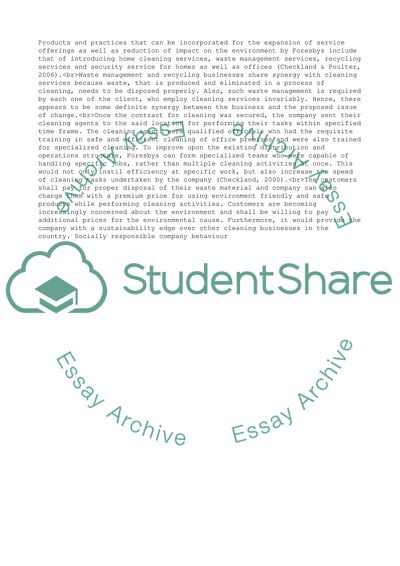Cite this document
(“Project assignment (Business Analysis and Process Consulting) Essay”, n.d.)
Project assignment (Business Analysis and Process Consulting) Essay. Retrieved from https://studentshare.org/management/1649576-project-assignment-business-analysis-and-process-consulting
Project assignment (Business Analysis and Process Consulting) Essay. Retrieved from https://studentshare.org/management/1649576-project-assignment-business-analysis-and-process-consulting
(Project Assignment (Business Analysis and Process Consulting) Essay)
Project Assignment (Business Analysis and Process Consulting) Essay. https://studentshare.org/management/1649576-project-assignment-business-analysis-and-process-consulting.
Project Assignment (Business Analysis and Process Consulting) Essay. https://studentshare.org/management/1649576-project-assignment-business-analysis-and-process-consulting.
“Project Assignment (Business Analysis and Process Consulting) Essay”, n.d. https://studentshare.org/management/1649576-project-assignment-business-analysis-and-process-consulting.


